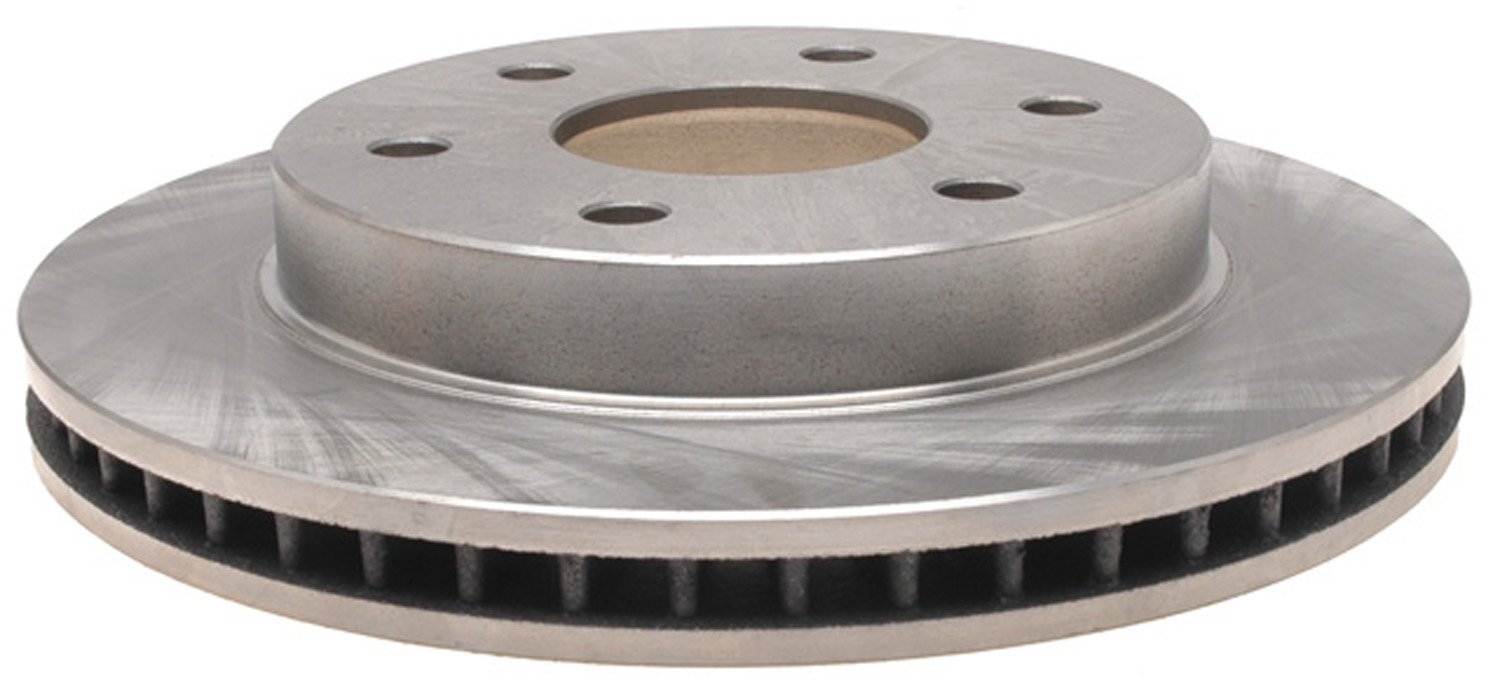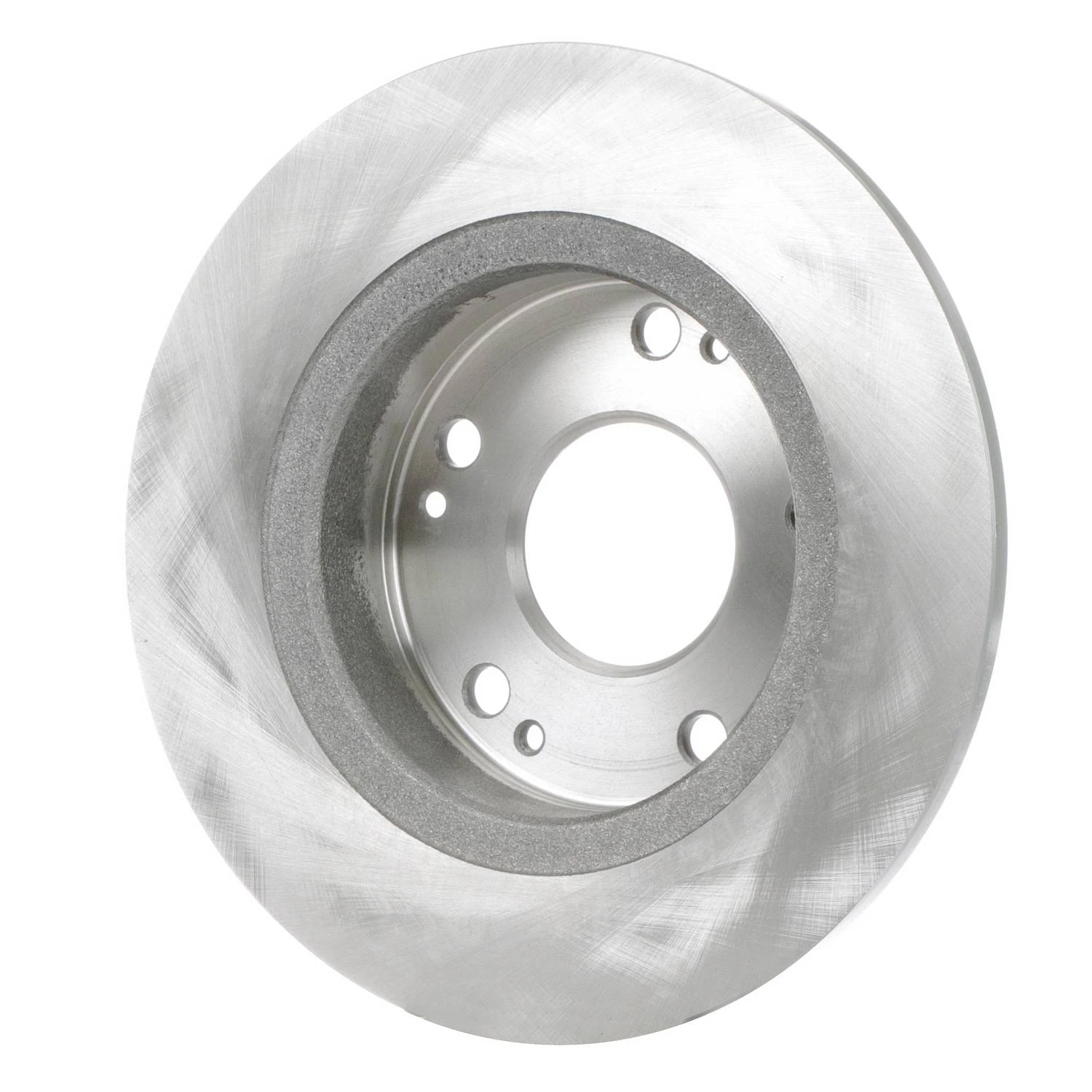Brake Rotor Machining Specs

A better option would be to remove your brake disc take it to a shop that turns rotors have it turned to the right levels and specs then re install it.
Brake rotor machining specs. Brake rotor specs for machining all performance brake rotors are sold in pairs and come zinc coated in either black or silver to help prevent rusting. One last note on machining. Brake pads should be replaced when there is 1 8 to 3 16 of friction material left on the steel backing plate. The average difference between nominal and machine to thickness is 050 to 060.
Using an on the car lathe can help to reduce runout on new rotors. Brake rotor resurfacing is a process where a small amount of the brake disc s material is removed with a lathe in order to remove corrosion and brake pad deposits. It s a little known fact that you should machine new rotors or drums before installing them on your vehicle. To measure parallelism subtract the smallest value measured from the largest amount measured.
With the average machining taking off 010 to 015 there is usually always room for one machining and sometimes 2. The assumption is that if the pads are replaced and the rotors are over machine to they should not experience enough wear to allow them to go below discard thickness through the life of that set of pads. Disc brake rotor minimum thickness also known as scrap thickness is the minimum safe working thickness of a rotor at which it must be replaced. Brake rotor machining comes with benefits and disadvantages.
If the parallelism is higher than 0 0006 inches 0 015mm use an approved on car brake lathe and machine the brake rotor. It has often been said that you should never machine new rotors but in some cases a new rotor should be machined to match the vehicle with an on the car brake lathe. True throwaway rotors are marked in this fashion. If after machining the brake rotor is below minimum thickness it must be replaced.
Pads and rotors wear with use so you should keep a close eye on them. It can also smooth out surface irregularities that can cause vibrations such as varying thickness. So don t think that installing new rotors or drums will solve a vibration problem sometimes it doesn t. Continued operation at or below rotor minimum thickness can lead to brake system failure.
This is a simple machine that can be used to machine a rotor. If the rotor thickness is acceptable a dial indicator should be used to check for lateral run out dishing or taper see figure 2. Check with any rotor or drum manufacture and they recommend this practice. Brake rotors should be replaced before they reach the worn rotor minimum thickness limit which.
As the rotor reaches its minimum thickness the braking distance increases sometimes up to 4 meters.


















